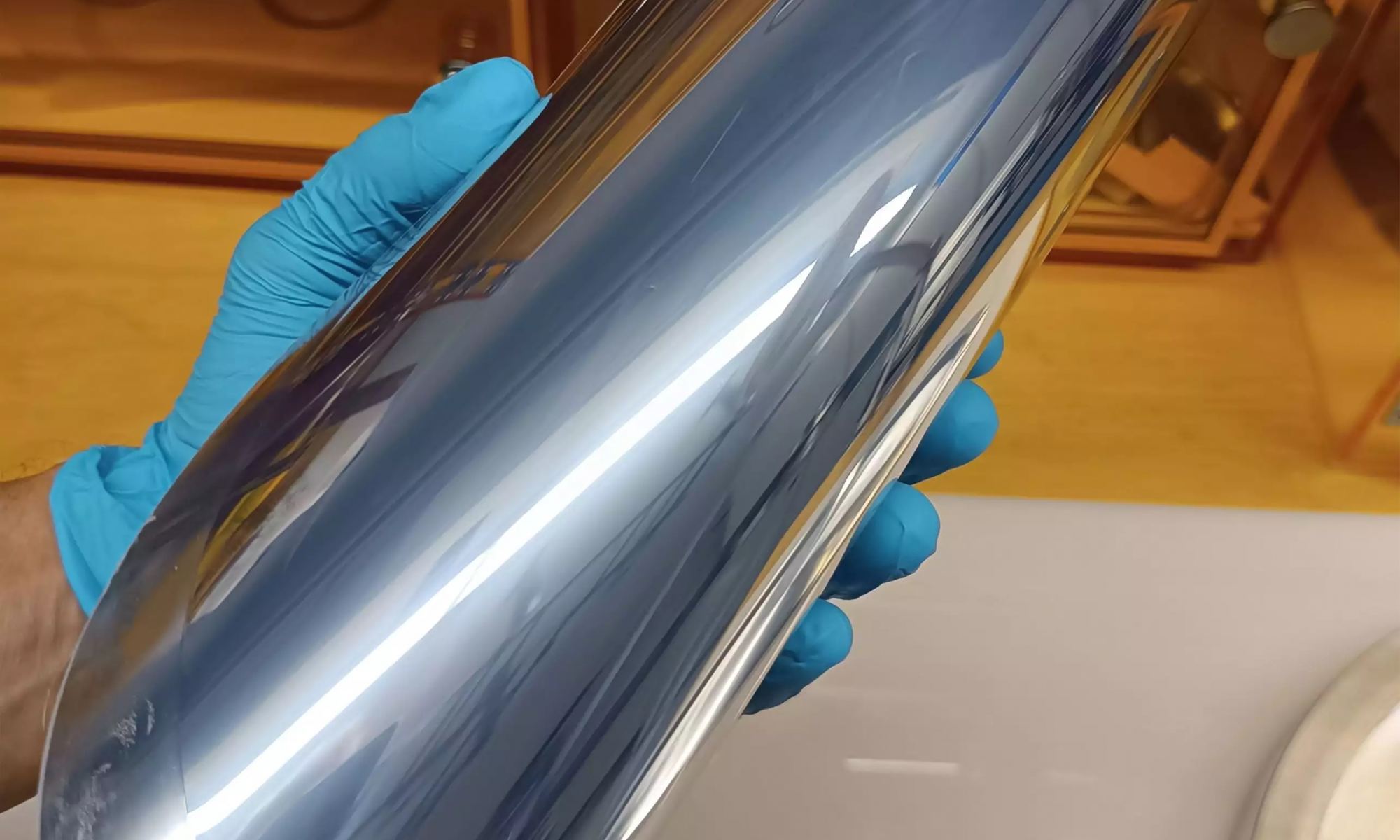The James Webb Space Telescope (JWST) is the most powerful and sophisticated observatory ever built. It is also the most expensive, owing to the complexity of its design and the rigorous testing this entailed. To ensure the telescope could fit into its payload fairing, NASA engineers designed the JWST to fold up (origami-style) and unfold once it reached space. It is little wonder why astronomers and astrophysicists hope to develop flexible, lightweight materials that can maintain the perfect shape and be folded up to fit compactly inside a launch vehicle.
This has the potential to reduce the size and mass of space telescopes and the complexity of their designs, thus reducing launch costs. During the COVID pandemic, researchers at the Max Planck Institute for Extraterrestrial Physics (MPE) developed a new method for producing and shaping high-quality parabolic membrane mirrors. So far, the MPE team has fabricated prototypes up to 30 cm (12 inches) in diameter that are much thinner and more flexible than conventional mirrors. In the long term, this method could drastically reduce the cost of manufacturing and deploying space telescopes.
Continue reading “A New Membrane Could Lead to Space Telescopes with Flexible Mirrors!”
